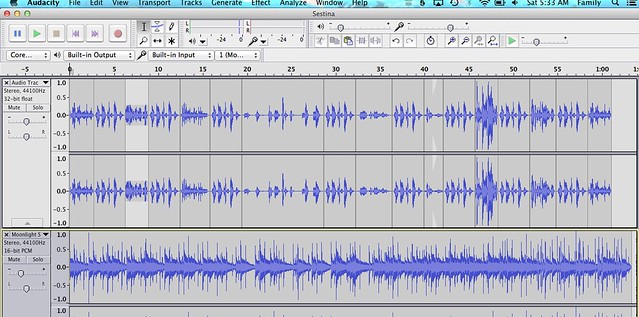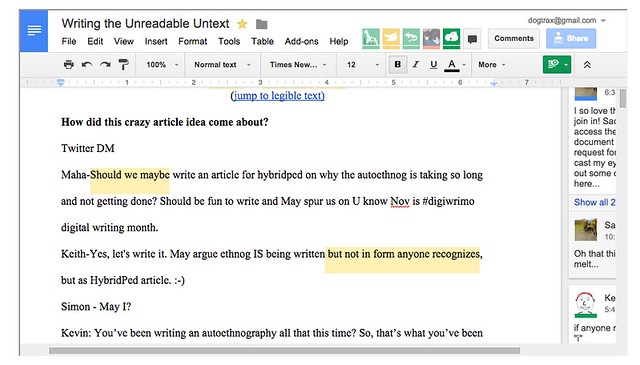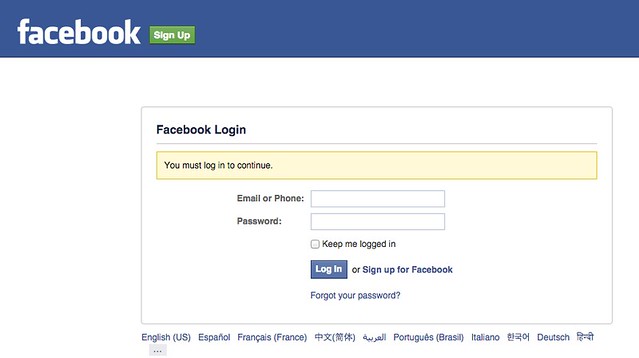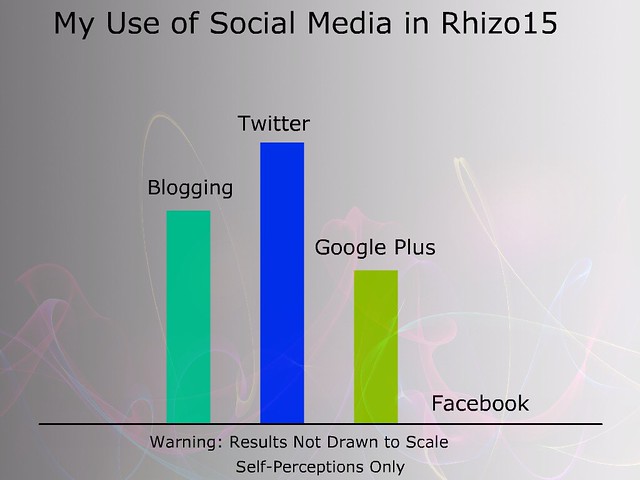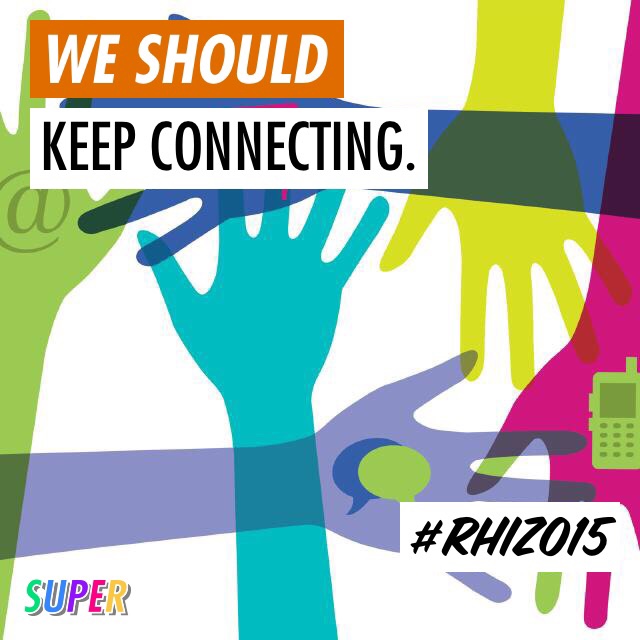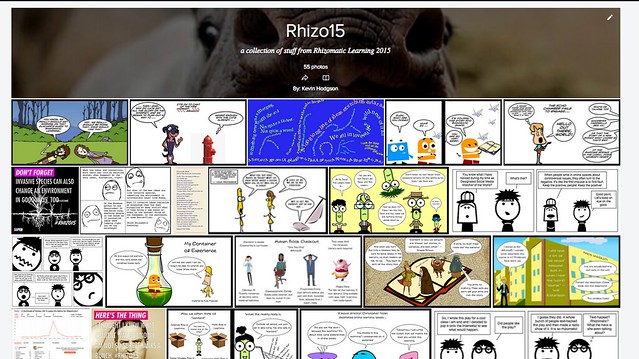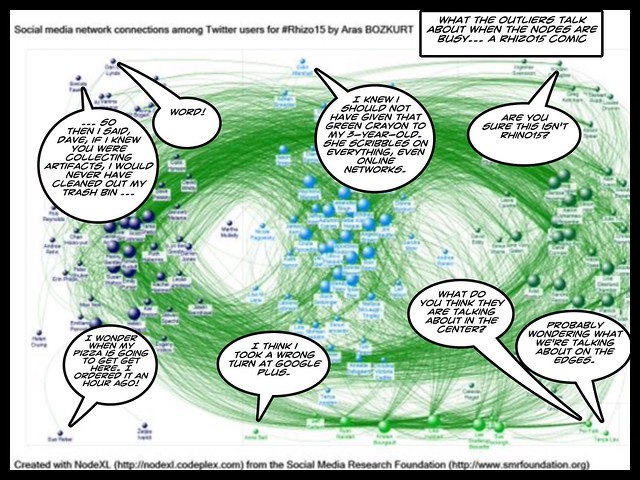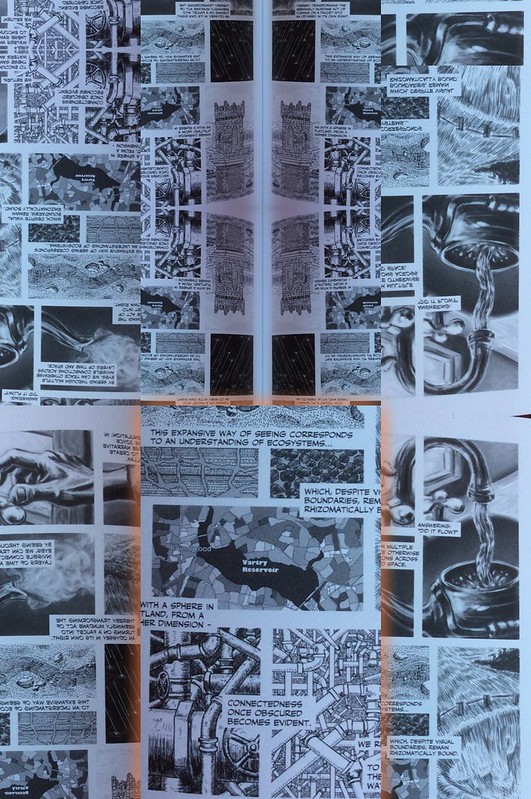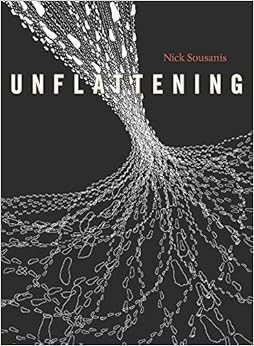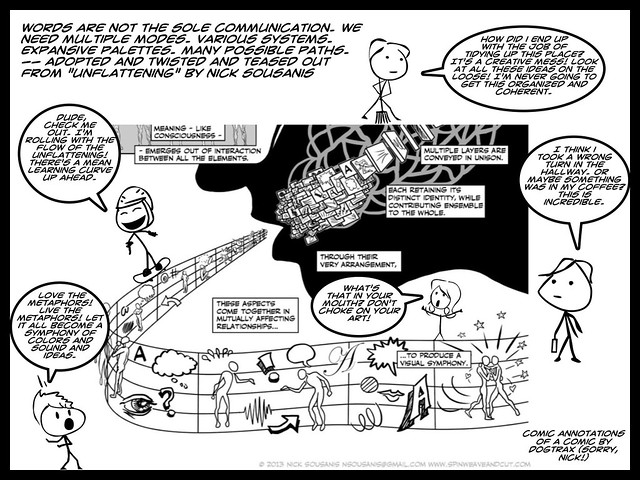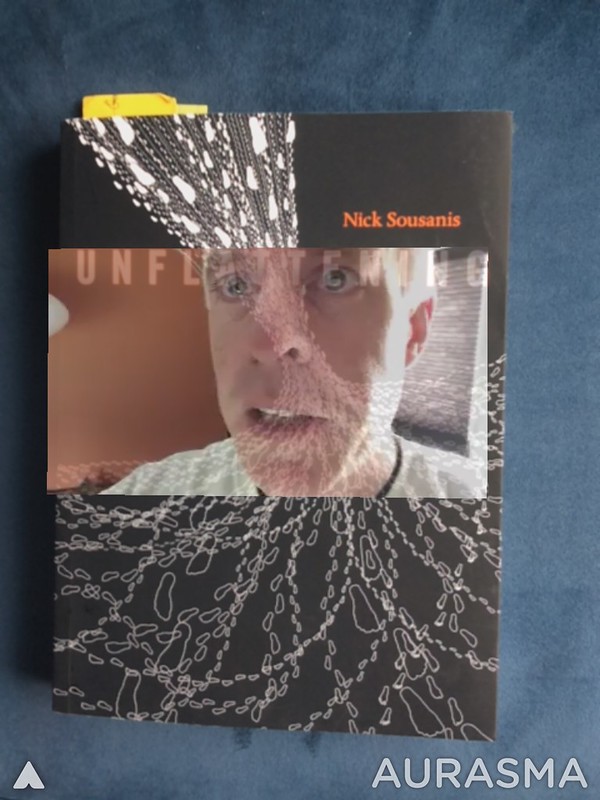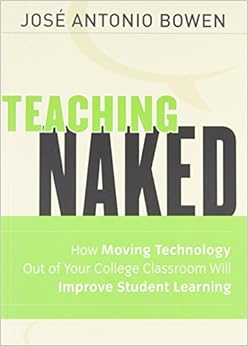
This is not necessarily a book I would have chosen to read on my own, as it deals with the university level and not K-12 (where I teach), but as an extension of Rhizomatic Learning “into the wild,” I have been happily following my friend, Autumm, and her colleagues in a book discussion that is mostly offline and somewhat online (Hashtag: #tomereaders).
Teaching Naked: How Moving Technology Out of the Classroom Will Improve Student Learning by Jose Antonio Bowen examines the impact that technology is having on college students and how universities — from professors to administration — can start making shifts to meet the needs of these learners. The term “naked” (which I don’t really like as terminology) by Bowen is that the more technology instructors can use outside of the classroom — such as podcasts, judicial use of email, Twitter/Facebook/Social Networks, etc. — the more time there can in class for inquiry discussions. In other words, the technology can replace the traditional lecture hall lecture.
Or, in another educational term, Bowen is talking “flipped classroom” — deliver the lecture outside of the classroom so that the classroom experience can be more engaging for learners. Personally, I think “flipped” can work for some students, those who are motivated to learn, but worry about this approach for disengaged students, those for whom school is just “passing the time” and watching videos of teachers or lessons or using other technology for specific learning goals outside of the classroom just would not be a priority. I wish I didn’t have those students, but the reality is: I do.
As we explore systems thinking the Making Learning Connected MOOC this week, this kind of thinking makes sense if we think our current educational system of students in the classroom, listening to lectures, is disfunctional or not reaching enough students. The reason “flipped” is an interesting idea is that it changes the learning system — moving the traditional teaching outside of the classroom with technology (videos, interactives, etc.) and puts the discovery and inquiry and collaborative projects inside the classroom time. The role of the teacher changes, in hopes that the learning space changed, in hopes that the educational system changes … for the better.
There are plenty of solid points in Bowen’s book, and I enjoyed elements of it even if very little were new to me. He provided plenty of “implementation guides” for what it might look like in the classroom itself. His emphasis is on gamification of the classroom, a theme he returns to again and again.
Two things really struck me:
- Much of what Bowen writes about to engage college students – writing to learn, peer feedback, inquiry questions — is the heart of what is being done in elementary classrooms already. It makes me wonder where the threads get lost for that kind of learning. And it makes me think, this is the impact of standardized testing on students, particularly high school students.
- The gap that Teaching Naked fills makes evident how far removed many universities are (or were, as this book is now three years old) when it comes to understanding technology and digital literacies, and learners. You can sense Bowen chastising his university fellows for being stuck in the old “lecture” mode of college teaching and for university administrators for not realizing the shifts underway, and making changes to meet the needs of modern learners.
I had an opportunity earlier this week to video chat with Autumm and Matt, who are running the book talk, and we focused in on the idea of “transformation.”
I’m glad I read Bowen’s book, and I have been happy to engage in various online conversations and sharing in the #Tomereaders hashtag. It has given me some new insights into a level of teaching that I don’t often inhabit (although being with the National Writing Project opens a lot of doors to conversations across disciplines and levels).
Peace (in the teaching),
Kevin
